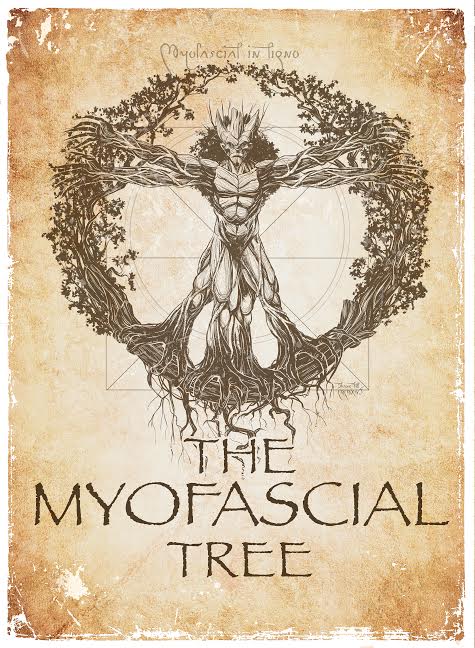| 8:30 – 9:30 |
60 minutes |
Overview of Thomas Myers 11 myofascial meridians |
| 9:30 – 10:00 |
30 minutes |
Hands on meridian lab. Using saran wrap, students will recreate each meridian on each other as a visual and palpable demonstration.
|
| 10:00 – 10:30 |
30 minutes |
The 5 branches of the myofascial Tree, which are sights of congestion where multiple myofascial meridians overlap. A theoretical
description coupled with illustrations within the manual. This provides an understanding of how myofascial planes overlap.
|
| 10:30 - 11:00 |
30 minutes |
Meridian hierarchy teaches the relationship between the primary and the reactive meridians. This provides an understanding
of how the meridians interact and compensate with each other.
|
| 11:00 – 11:45 |
45 minutes |
LUNCH BREAK
|
| 11:45 -12:00 |
15 minutes |
Questions and answers about Myofascial Foundations.
|
| 12:00 – 1:30 |
90 minutes |
We start into module 2, which includes two different assessments. The 1 st assessment is a standing postural assessment.
This is an adaptation of the Pete Egoscue 8 socket alignment. This assessment provides the framework to visually assess
a patient before treatment. This is a weight bearing assessment. A theoretical explanation of the concept will precursor
the hands on individual assessment of all the students performed by Don and then by the students themselves.
|
| 1:30 – 1:45 |
15 minute |
BREAK
|
| 1:45 – 4:15 |
150 minutes |
The non-weight bearing assessment is done on the table. There are 5 tests that we perform. The tests are collective from
years of practice. An example would be my spin on the pelvic rock test from Hoppenfeld, ”Physical Examination of the
Spine and Extremities”. The theoretical description of each test will include all contraindications that could occur
while performing the tests. Specifically how to limb handle and prevent any ROM (range of motion) changes that could
cause discomfort to the patient or irritate a pre-condition. The five tests will be demonstrated by Don, one at a time.
The students will test each other and advance to the next test when they can demonstrate the safe, competent application
a patient would expect.
|
| 4:15 – 4:30 |
15 minutes |
Questions and Answers to wrap up all that we covered in module two, The postural standing and non- weight bearing assessments.
|
| 4:30 – 5:30 |
60 minutes |
Switching the gears from theory to self-help. In module 5, Treasures from the vault, we explore 3 different exercise regiments
from different disciplines. Today, the students will be presented and taught my 5 favorite Pete Egoscue exercises.
Contraindications will be discussed to ensure the exercise suits the targeted pathology. The routine should take 30
minutes to perform but will require 60 minutes to be taught in detail. We finish our day with wellness and take home
some remedial exercises for your clients. Don’s first introduction to motion therapy was Pete Egoscue and his Method
of Health Through Motion.
|
